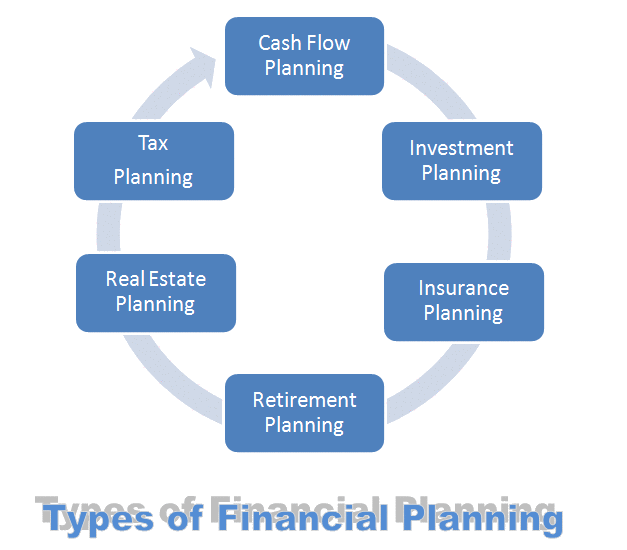A risk-averse investor can use modern portfolio theory (MPT) to build diversified portfolios that maximize returns while lowering risk. Investors who wish to build effective and diverse portfolios can get help from modern portfolio theory. Investors worried about downside risk may favour post-modern portfolio theory (PMPT) over MPT. Let us understand modern portfolio theory definition with examples, importance, assumptions, and investment analysis of it.
Modern portfolio theory holds that an investment’s risk and return characteristics should not be analysed in a vacuum, but rather in the context of how they influence the portfolio’s overall risk and return. In other words, an investor can put together a portfolio of different assets to produce higher returns while lowering risk.
Modern Portfolio Theory Definition
Modern portfolio theory (MPT), popularly known as mean-variance analysis, is a mathematical framework for accumulating a portfolio of assets such that the expected return is optimized for a given level of risk involved, generally defined as variance.
Asset’s risk and return should not be assessed by itself, but by how it contributes to a portfolio’s overall risk and return, this is one of the key insights of modern portfolio theory. This theory determines the level of risk investors are exposed to. And how can these investors build such portfolios have optimal or maximized expected return. Of course this is with respect to the level of given risk involved.
Efficient frontier of optimal portfolios that proffer maximum plausible expected return for a given level of risk involved can be constructed; this is possible according to this theory. Economist Harry Markowitz portfolio theory in year 1952 has explained it. He published in his paper “Portfolio Selection,” published in 1952 by the Journal of Finance.
The four basic steps involved in portfolio construction are –
- Security valuation.
- Asset allocation.
- Portfolio optimization.
- Performance measurement.
Basically Modern portfolio theory is based on a few assumptions. One of them is – investors are risk averse. Now what does this means? Well, it means that given two portfolios that proffer the same expected return, investors will favor the one that has less risk involved. Thus, only way an investor is ever going to opt for a portfolio that involves higher risk is if he’s compensated with higher expected returns.
On the contrary, an investor must expect and accept more risk if he’s to gain higher expected returns. For every investor the tradeoff will be same, more or less. However based on individual risk aversion characteristics it is possible that different investors will evaluate the trade-off differently.
The fundamental implication is that a practical and rational investor will invest in a portfolio only if it exists with a more favorable risk-expected return profile – i.e., if for that level of risk an alternative portfolio exists that has better expected returns.
Modern Portfolio Theory Assumptions
Modern portfolio theory assumptions has shown the effects on how financial specialists view return, risk and portfolio administration. Theory exhibits how diversified portfolio can minimize your capital risk.
For new investors, it is mandatory to reconsider the risk before investing. There are times where investors go for risky investments. (For example: future trading). In similar manner, you can invest in risk-free assets as well to maximize your returns on portfolio. (For example: government bonds, treasury bonds, etc.). Another important question about this theory is subject to quantity of stocks for diversified portfolio. It is never recommended to hold 100 stocks as a part of diversification.
By such complexity, Martin J. Gruber and Edwin J. Elton, has very well explained in their book “Modern Portfolio Theory and Investment Analysis” (1981), presume that you would learn how to achieve diversified portfolio with merely 20 stocks.
Download Book – Modern Portfolio Theory PDF
Here is the Modern Portfolio Theory and Investment Analysis PDF. You can download it for free from below link and enlarge your learnings on this Modern Portfolio Theory (MPT) and Investment Analysis with examples.
Click here to download PDF: Modern Portfolio Theory and Investment Analysis
Why is Modern Portfolio Theory (MPT) Important?
So you might wonder what’s the importance of modern portfolio theory and why should we care? To begin with, you can exercise this approach to lower your risk (portfolio variance) while retaining (or increasing) your expected returns. Which of the following portfolios would you prefer?
Modern Portfolio Theory Example
A mix of stocks and bonds that returned an average of 7 per cent annually, but differed by as much as 10 per cent annually (this means returns differed usually between -3 per cent and +17 per cent).
A mix of stocks and bonds that returned an average of 7 per cent annually, but varied by only 2 per cent annually (this returns differed usually between 5 per cent and 9 per cent).
Although an annual return of 17 per cent sounds good, do remember that it is also as likely that you’ll lose 3 per cent! A less capricious return of between 5 per cent and 9 per cent may be less exciting but one thing is guaranteed that it will get you much closer to your retirement goals faster than you think.
Read Tutorial Courses - 100% Free for All
Basics of Portfolio Management for Beginners
- Chapter 1: What is Portfolio Management? Types, Examples, Process, Techniques
- Chapter 2: What is Portfolio Optimization? - Definition, Ways, Methods, Strategies
- Currently Reading: Modern Portfolio Theory Definition - Importance, Examples and Analysis
- Chapter 4: What is a Financial Portfolio? - Examples, Analysis, Strategies
- Chapter 5: What is Asset Allocation? - Definition, Strategies, Models, Examples







